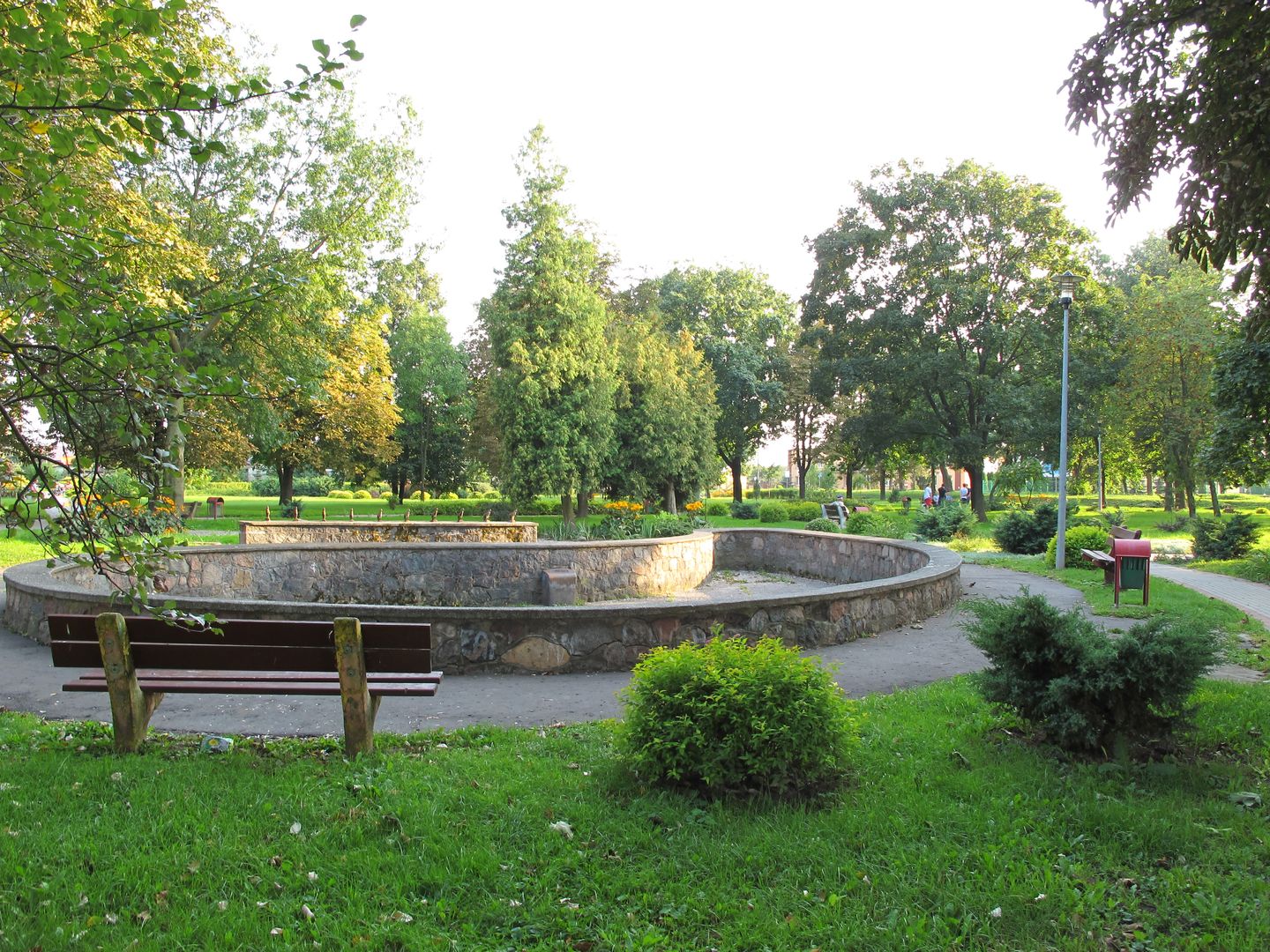High Mazowieckie
6.84

Overview
Wysokie Mazowieckie is a town in the Podlaskie Voivodeship, rich in history and interesting traditions. Located on the Brok River, it has historical ties to the Duchy of Mazovia and was granted town rights in 1503. Over the centuries, it underwent a series of administrative changes, including belonging to the Łomża Voivodeship, and after World War II, it once again became a county seat. Wysokie Mazowieckie boasts diverse architecture, with key landmarks such as the Neo-Baroque Church of St. John the Baptist, built between 1875 and 1881, and a former Orthodox church, now a filial church dedicated to the Nativity of the Blessed Virgin Mary, dating back to the 18th century. The town also features a complex of historical monuments, including a mortuary, church fencing, and a Roman Catholic cemetery. Local culture is sustained by media outlets such as *Echo Wysokiego* and *Głos Wysokomazowiecki*. Wysokie Mazowieckie is known for being home to Mlekovita, one of Poland's largest dairy producers. An interesting fact is that the town ranked first in the country in terms of investment expenditures between 2015 and 2017, highlighting its dynamic development. Residents actively participate in cultural life, and the town's history is marked by events such as the January Uprising battle in 1863 and the presence of a Jewish community until World War II. Though small, Wysokie Mazowieckie holds a rich history, tradition, and culture, making it an interesting place to visit.
Location
2025 Wizytor | All Rights Reserved